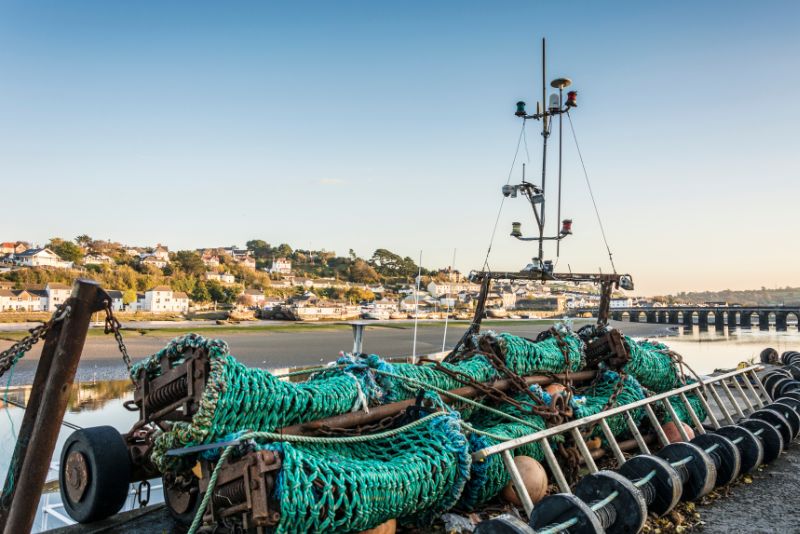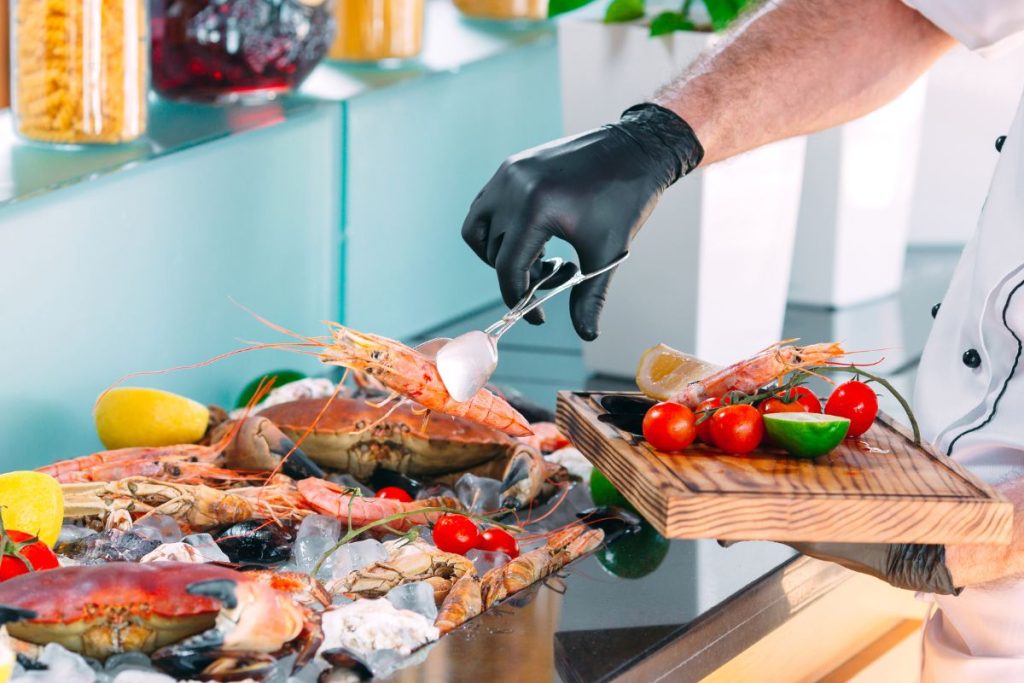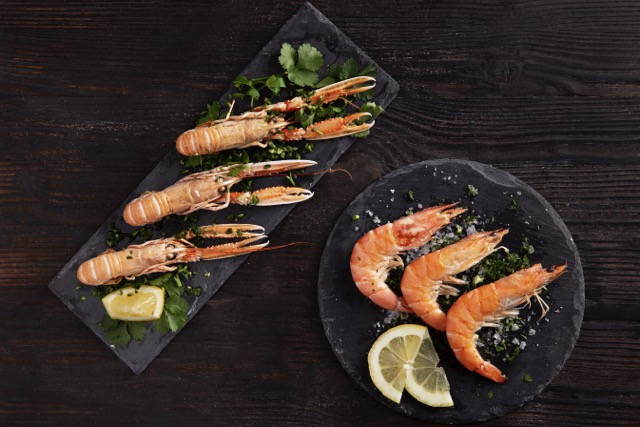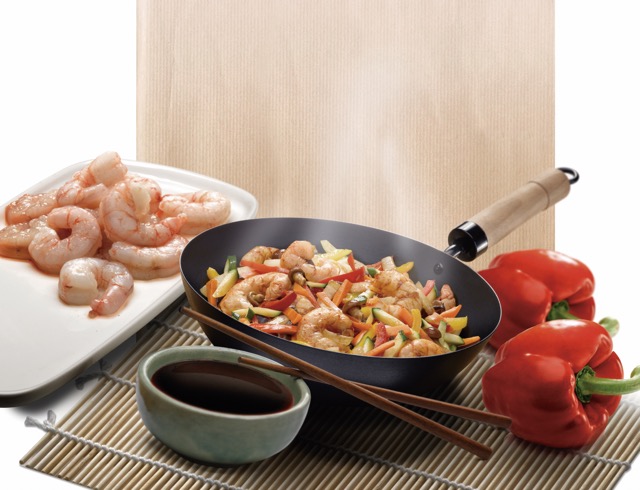The fishing sector has grown and expanded remarkably in recent years and with forecasts of maintaining this pace in trend.
There are great opportunities for growth and innovation in this industry. For this reason, it is vitally important to know the latest trends in the fishing industry and consumer habits.
This serves as a compass to understand where this primary sector is headed and to identify market opportunities. Key information that we at Krustagroup keep in mind to continue evolving in the seafood industry and continue offering quality products.
Fishing statistics
According to an FAO report, aquatic products provided about 17% of animal protein and 7% of total protein worldwide.
In addition, it has been indicated that the fishing industry has grown and has expanded remarkably across the continents in recent years. In fact, the value of aquatic products traded in 2020 accounted for a total of 11% of total agricultural trade.
It is also expected that by 2030, aquatic products will increase a further 13% by 2030.
Fishing industry. Consumer trends.
Sustainable awareness
Today’s consumer is sustainable. According to a Deloitte report, 75% of EU buyers have stated that their purchasing habits have been modified towards responsible and sustainable products.
Currently, there is a greater awareness of the negative impact of overfishing and pollution. Demanding suppliers to offer products that care about the conservation of aquatic ecosystems, the protection of biodiversity and the regeneration of marine resources.
Ecolabels such as the MSC, ASC and IFS certificates and the European Union Organic Product seal are highly valued. A standard that requires companies to apply efficient actions in favor of the environment, making use of research, training and application throughout the value chain.
Greater importance to labeling
Consumers want to make more responsible purchasing decisions, for this reason, looking at the seafood product label is an increasingly common practice. Label that must include information on the species of fish or shellfish caught, the production method used (wild or aquaculture fishing), the fishing area and fishing method.
According to a Blue Circle Foods report, 57% of shoppers prefer fish and seafood with sustainable labels.
For this reason, providing traceability information guarantees the freshness, quality and sustainability of the product.
Type of fishing
On the one hand, wild fishing has been the main method of fishing for centuries. A practice that has evolved along with consumer trends and the redirection of the industry towards a sustainable future. For this reason, today’s wild fish tend to be more sophisticated and environmentally conscious, a practice valued by consumers.
Aquaculture, despite being a relatively new fishing method, has been well received. According to a NOAA Fisheries report about the fisheries in the US, aquaculture contributes 24% of the value of domestic seafood products.
Currently, 57.3% of aquatic food comes from farms according to a report by APROMAR. This sustainable fishing alternative helps maintain the ecosystem and sustain wild fishing.
At Krustagroup we stand out for being pioneers in industrial fishing in the US, thus, we are committed to constant innovation and offering our customers quality and sustainable seafood.





